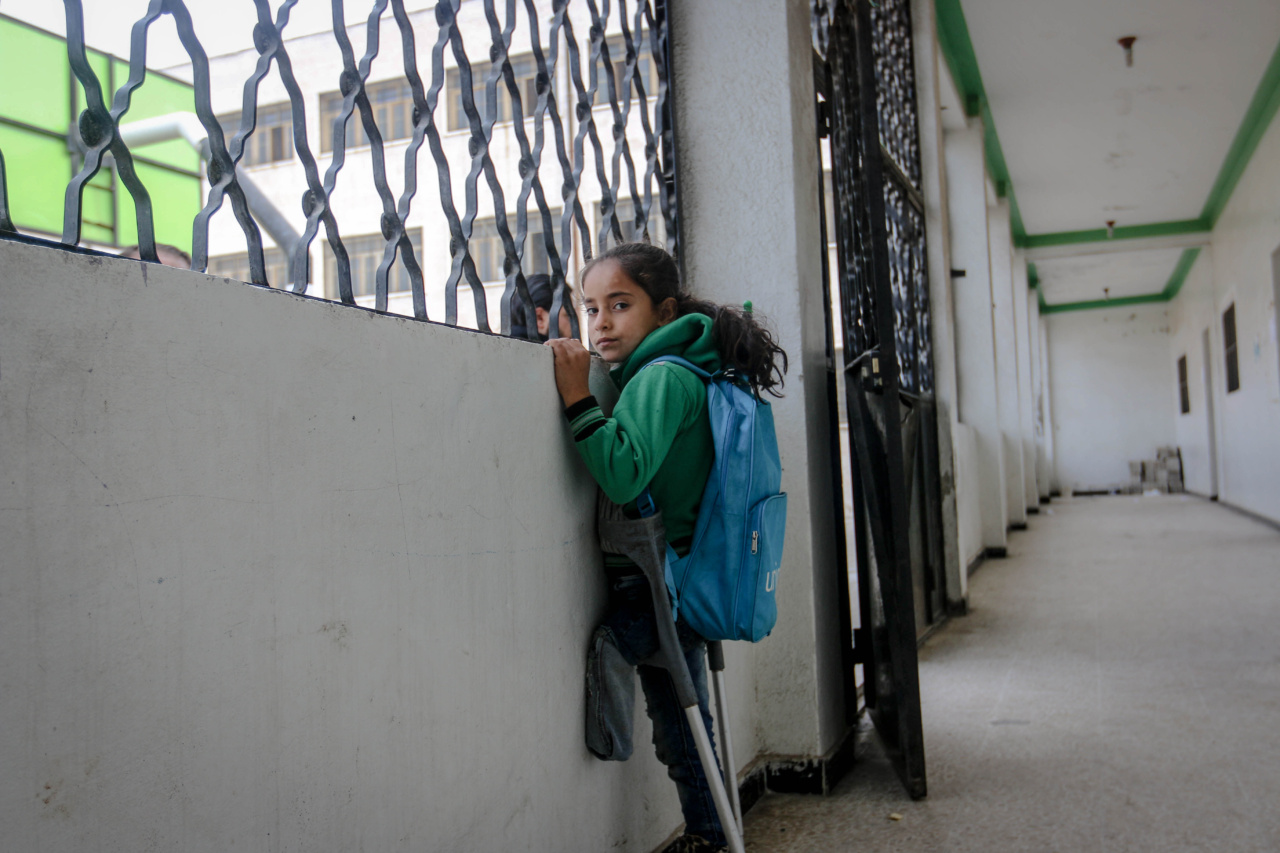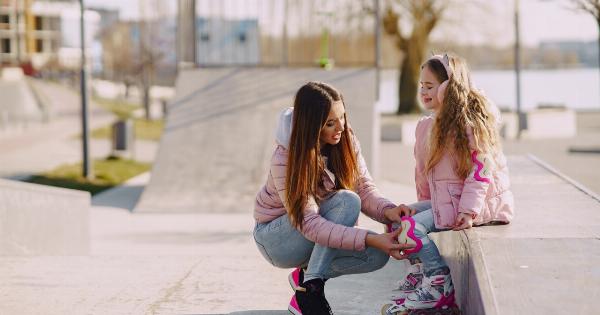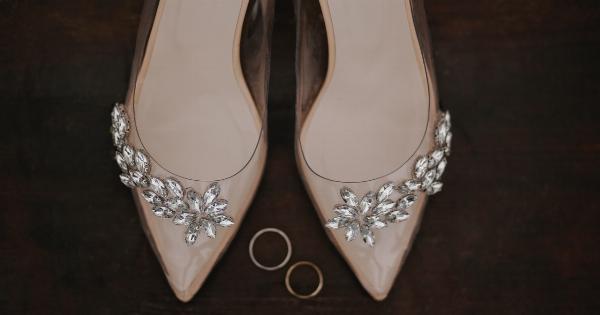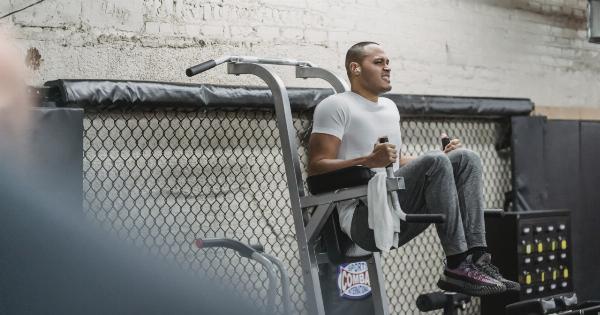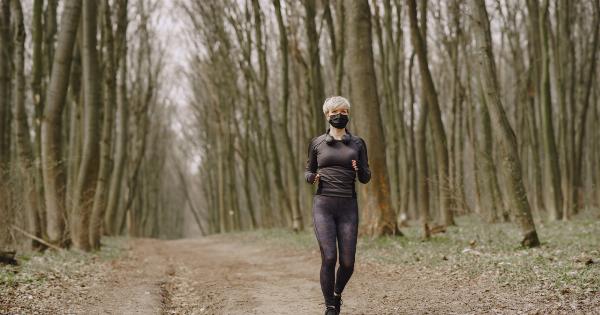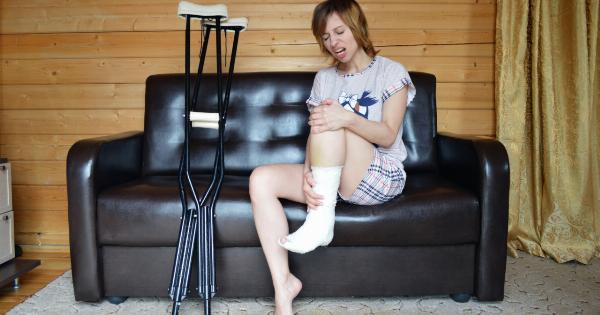Childhood is a time filled with energy and exploration. Whether it be running, jumping, or playing sports, children are constantly on the move. With this level of activity comes the risk of injury, and one common area of concern is the knees.
Knee injuries in children can range from minor strains to more severe ligament tears or fractures. Knowing what to do when your child suffers a knee injury is essential for their well-being and proper recovery.
Assess the Situation
The first step when your child suffers a knee injury is to assess the situation. Take a moment to observe the injury and see if you can identify any obvious signs of trauma, such as swelling, bruising, or deformity.
Ask your child to describe what happened and where they are experiencing pain or discomfort.
Immediate First Aid
Once you have assessed the injury, it is important to provide immediate first aid to alleviate pain and prevent further damage. The RICE method is commonly recommended for acute injuries, which stands for Rest, Ice, Compression, and Elevation.
Rest
The first step is to ensure your child rests. Advise them to refrain from putting weight on the injured knee and assist them in finding a comfortable position where they can relax. This will help prevent further strain or aggravation of the injury.
Ice
Apply an ice pack or a bag of frozen vegetables wrapped in a cloth to the injured knee. Ice helps reduce swelling and numbs the area, providing pain relief.
Remember to keep the ice pack on for around 15 minutes at a time, with 20-minute breaks in between, to prevent frostbite.
Compression
Using an elastic bandage or knee brace, gently apply compression to the injured knee. Compression helps reduce swelling and provides support to the injured area. Make sure not to wrap the bandage too tightly, as it may impede blood circulation.
Elevation
Elevate your child’s injured leg by propping it up on a pillow or cushion. Keeping the knee elevated above heart level helps reduce swelling by allowing fluid to drain away from the area.
This position also promotes blood circulation and aids in the healing process.
Seek Medical Attention
While immediate first aid can provide relief, it is crucial to seek medical attention for your child’s knee injury. Even if the injury seems minor, a healthcare professional can assess the extent of the damage and provide a proper diagnosis.
They may recommend further imaging, such as an X-ray or MRI, to identify any underlying fractures or ligament tears.
Rest and Limited Activity
Following medical evaluation, your child may be advised to rest the injured knee and limit their physical activity. Depending on the severity of the injury, this may involve using crutches or a knee brace to provide stability and support.
It is important to emphasize the importance of adhering to the prescribed rest and limited activity to ensure proper healing.
Physical Therapy
In many cases, knee injuries in children require physical therapy to regain strength, flexibility, and range of motion. A physical therapist will develop a personalized treatment plan that includes exercises and stretches to help your child recover.
They will also teach your child proper body mechanics and techniques to prevent future injuries.
Home Care and Pain Management
Alongside medical treatment and physical therapy, there are several measures you can take at home to aid your child’s recovery.
Encourage them to follow their healthcare provider’s instructions regarding pain medication and administer it as directed. Ensure your child gets sufficient rest and eats a balanced diet to support the healing process.
Gradual Return to Activity
As your child’s knee injury heals and they progress through the recovery process, a gradual return to activity may be recommended.
It is crucial to follow the guidance of your child’s healthcare provider and physical therapist to prevent re-injury. Slowly reintroduce activities and monitor your child for any signs of pain or discomfort.
Injury Prevention Strategies
Once your child has recovered from a knee injury, it is important to take proactive steps to prevent future injuries. Here are some injury prevention strategies:.
- Ensure your child warms up before physical activity with stretching and light exercises.
- Encourage your child to wear appropriate protective gear during sports or activities.
- Teach your child proper techniques and form for different activities to minimize the risk of injury.
- Ensure your child takes regular breaks and avoids overexertion.
- Promote a healthy and active lifestyle to maintain overall strength and flexibility.
Conclusion
Knee injuries in children can be distressing, but with the right knowledge and prompt action, you can ensure a smooth recovery for your child.
Remember to assess the situation, provide immediate first aid using the RICE method, seek medical attention, follow prescribed treatment plans, and take preventive measures for future injuries. By doing so, you can help your child get back to their active lifestyle safely and with minimal disruptions.
